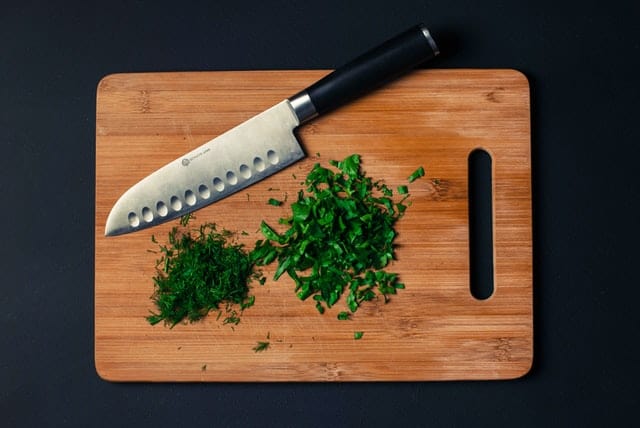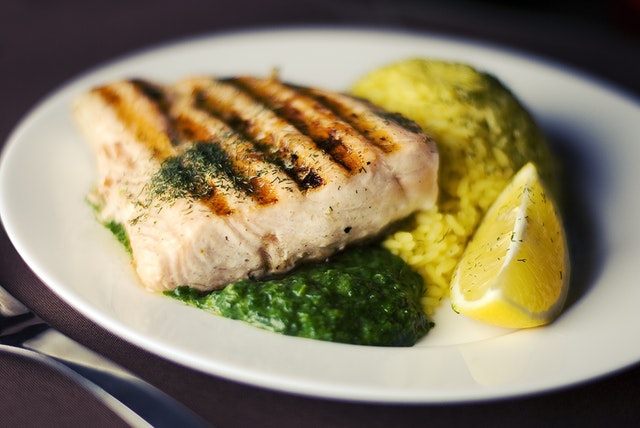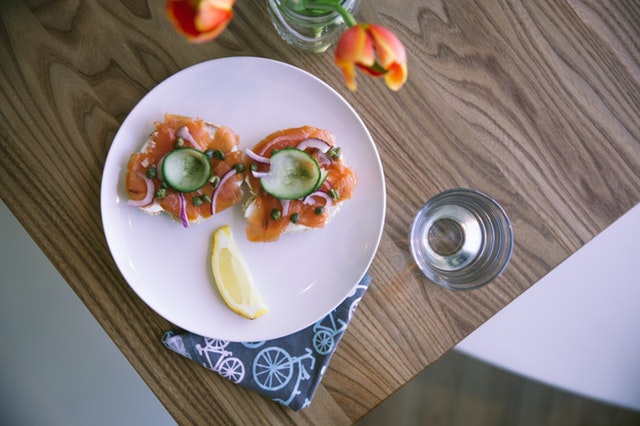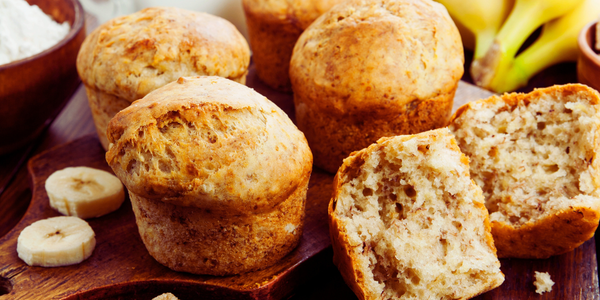9 Secret Techniques to Improve Your Next Recipe for Two

There are so many techniques and tricks you can do to help your already great recipe taste and look better. The next time you make your recipe for your significant other, be sure to incorporate some of these tips for an improved version!
1) Add some acidity.

Acid enhances the flavor of any dish, from sweet to savory to spicy. Use lemon juice or lime juice for things like salmon and other types of seafood. Add some orange or lemon zest to desserts. For other riches dishes, such as steak or chicken, experiment with types of flavored vinegar.
Bonus tip: Instead of zesting into a separate container and then putting it in into the dish, zest directly onto plate. The aromatic oils from the rind that are sprayed onto the plate help enhance the fragrance and flavor.
2) Sprinkle seasoning from high up

Lose the salt shaker. Forget about the pepper grinder. When you season any dish, make sure you start from as high as you can and let the seasoning “snow” on top of the dish. This prevents one area of the dish from getting a clump of seasoning and allows for a more even distribution. Also, season and taste from the start to the end of the cooking process, instead of all at once in the end.
3) Use the pasta water

After you finish cooking a pot of pasta, save about ¼ or 1/3 cup of the starchy water to mix in with the pasta sauce. The starch in the water helps make the sauce thicker and gives it more flavor.
Bonus tip: When boiling pasta, make sure you salt the water sufficiently and never, ever add oil to the water during the cooking process! The oil prevents the sauce from sticking to the pasta at the end. Add the oil into the sauce.
4) Store your spices and herbs in a cool, dry, place

Reserve your spice rack for storing something else, like tongs or spatulas. The best way to keep dried herbs and spices fresh is to put it into an airtight container, like into a Ziploc bag in a mason jar, and then in a cool dry place, such as your refrigerator’s bottom shelf or your pantry. Keeping it in the spice rack, above your stove, or on the counter exposes it to the steam and oils that are released when you cook, allowing it to absorb other scents and deteriorates the quality.
5) Sharpen your knives

A sharp knife is not only one of the most satisfying tools to use, it is also one of the most useful tools in the kitchen. Sharpening your knives regularly is also one of the best safety precautions you can take to prevent injuries. When you have to use extra force and saw something back-and-forth with a dull knife, jagged edges are left behind on the ingredient, taking away from the presentation. In addition, this makes the knife or the ingredient more prone to slipping out of your hand, so you are more to accidentally cut yourself or drop something onto the floor (or your foot, ouch!).
6) Let your meat rest

Thin cuts of meat like chicken fillets, fish, or ribs do not need to rest after cooking. However, for things like steak or burger patties, lambchops, and pork tenderloin, you should let the meat rest at least 15 to 20 minutes after you remove it from the heat. The time will depend on the size of the cut. If you serve and slice into the meat immediately after removal from the heat, the juices from the meat will not have had a chance to be reabsorbed, making the meat dry and the dish look bloody. By letting it rest, the moisture can be re-absorbed so your meat can be moist and juicy.
Besides that, a large piece of meat continues to cook after you remove it from the pan or oven, termed carry-over cooking. Many recipes tell you to remove the meat from the pan or oven before it is completely done, so the meat can cook itself slowly, retaining the moisture and preventing it from being overcooked.
7) Dunk your vegetables

After you blanch vegetables or boiled them, put them into a bowl of ice water for 15 to 30 seconds to stop the cooking process completely and then leave on a paper towel to dry. This prevents the residual heat from over-cooking and wilting your vegetables. This helps the vegetables retain color, and prevents your vegetables from getting soggy.
8) Garnish

Remember, eating incorporates more than just the sense of taste. Being able to see a little bit of the herbs or sauce used on top of the dish or on the side of the plate helps bring out the flavor more. In addition, it helps give the dish a bit of an elegant, polished look. A little goes a long way when it comes to garnishing. The garnish should be a finishing touch, not messy or overwhelming to the main food.
9) Do not fill up the plate

A little bit of food on a large plate always looks better than a whole bunch of food stacked onto the plate. To help a plate look a little less home-made and more restaurant-like, use a large plate without any patterns, and leave space all around it. Let the food take the center stage and speak for itself.
There you have it. 9 little tips and tricks that you may not have thought of to help you improve your dish.
All images from www.pexels.com
Sign up for FD's newsletter
The freshest stories from the food and dating world every week.




